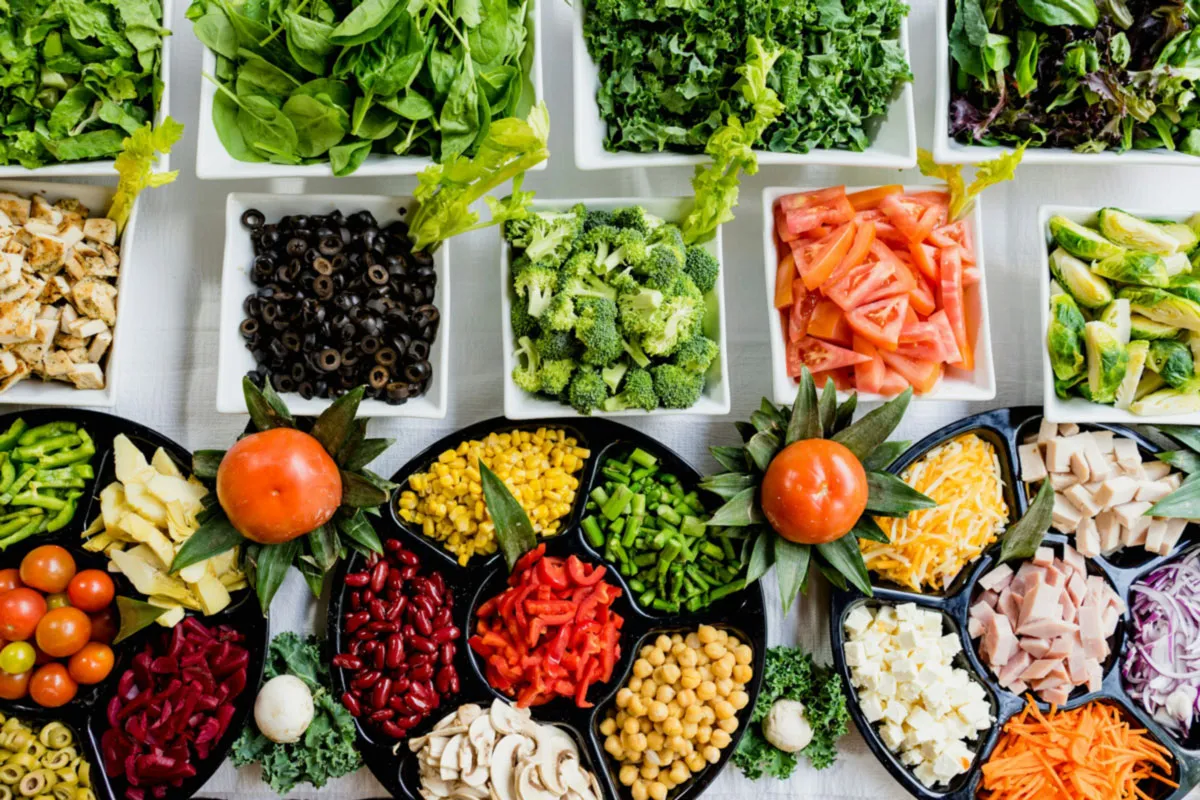
Diabetes is a metabolic disorder characterized by high blood sugar levels due to insufficient insulin production or action. It manifests with symptoms such as excessive thirst, frequent urination, increased hunger, and weight loss, often accompanied by skin itching, blurred vision, and fatigue. There are several types of diabetes, with Type 2 diabetes being the most prevalent, accounting for over 90% of cases. Unlike Type 1 diabetes, which has no known cause, Type 2 diabetes is largely influenced by lifestyle factors, making it preventable and manageable through healthy living.
Understanding Diabetes and Its Impact
Every year on November 14, the world observes United Nations Diabetes Day, established by the World Health Organization (WHO) and the International Diabetes Federation (IDF) to raise global awareness of diabetes. The theme for 2021 was “Access to Diabetes Care,” emphasizing the importance of comprehensive diabetes management.
The Five Pillars of Diabetes Management
Effective diabetes management is often referred to as the “Five Pillars”: diet, exercise, medication, education, and self-monitoring of blood glucose. Mastering these five elements is crucial for maintaining healthy blood sugar levels. In this article, we will focus on the first pillar: diet management.
Key Points for Diabetes Diet Management
-
Control Total Caloric Intake
To maintain ideal body weight and support daily activities, calculate your daily caloric needs based on your ideal weight and activity level. For example, for light physical activity (e.g., office work), you need about 30 calories per kilogram of ideal body weight. For moderate physical activity (e.g., students, drivers), it’s 35 calories per kilogram, and for heavy physical activity (e.g., construction workers), it’s 40 calories per kilogram.
- Ideal Body Weight Calculation: Ideal weight (kg) = height (cm) - 105.
- BMI Calculation: BMI = weight (kg) / height (m)^2. A BMI of less than 18.5 indicates underweight, 24-28 indicates overweight, and 28 or above indicates obesity.
Example: For a 173 cm tall office worker weighing 80 kg (BMI = 26.7), the ideal weight is 68 kg. Daily caloric needs would be 68 kg × 25 kcal = 1700 kcal.
-
Balanced Meals
Aim to eat five food groups daily, with each group consisting of 3-5 different types of food. Consume half a pound to a pound of grains and tubers daily. Choose high-quality proteins like eggs, dairy, fish, and shrimp, and opt for oils rich in unsaturated fats.
-
Regular Meals
Consistency in meal timing and portion sizes is crucial for stable blood sugar levels. Typically, divide daily caloric intake as 30% for breakfast, 40% for lunch, and 30% for dinner. For those with significant blood sugar fluctuations, small, frequent meals can help maintain stability.
-
High-Fiber Foods
Incorporate whole grains and vegetables high in dietary fiber. Between meals, choose fruits with a low glycemic index, such as apples, pears, peaches, plums, and grapefruits. Avoid high glycemic index fruits like watermelon, pineapple, and mango.
-
Low-Sodium, Low-Fat Diet
Reduce intake of salt, oil, and sugar. Limit daily salt intake to less than 6 grams, and use low-sodium seasonings. Opt for cooking methods like boiling instead of frying. Avoid processed foods like pickles, sausages, and smoked meats.
-
Avoid Smoking and Limit Alcohol
Smoking exacerbates cardiovascular diseases, diabetic nephropathy, retinopathy, neuropathy, and diabetic foot. Strictly avoid smoking. Moderate alcohol consumption is advised, with men and women limiting intake to 25g and 15g per day, respectively.
Conclusion
Managing diabetes effectively involves a comprehensive approach that includes diet, exercise, medication, education, and self-monitoring. By focusing on a balanced diet tailored to your specific needs, you can control your blood sugar levels and improve your overall health. Remember, healthy living is a lifelong commitment, and making informed choices can lead to better diabetes management and a healthier life.

